FTC Disclosure: If you make a purchase via a link on this site, We may receive a small commission on the transaction - at no added cost to you. Thank you!
Hummingbirds for Kids
Hummingbirds for Kids is a fun place to learn about hummingbirds. You will find some very interesting facts, along with some fun activities and coloring pages!
Here's one fact: Did you know that the Ruby-throated hummingbird flys non-stop, 500 miles across the Gulf of Mexico to their Winter homes in South and Central America.
Biologists who study birds, called ornithologists, group birds into families. The family name given to hummingbirds is Trochilidae.
The Trochilidae family is huge. It includes 326 species of hummingbirds. This is the 2nd largest bird family in the world.
Why do you think ornithologists group birds into families? Why do we have family (last) names? What is your given family name? How many people are in your family/families?
Below are Activities for Kids including Kits and Coloring Pages!
Where do hummingbirds live?
They only live in North, South, and Central America. We see them in our gardens and at our feeders. Additionally, hummingbirds live in all sorts of habitats such as forests, deserts, and even along the coast.
Look at a globe and find North, South and Central America to learn where hummingbirds live. Notice the many diverse habitats for the birds in these locations.
Are there different kinds of hummingbirds?
Yes, there are over 350 types (species) of hummingbirds. Most don’t live here in North America. Only 17 species live in North America. The rest live in Mexico, South and Central America.
FUN FACT!
Hummingbird species are often named for their colorful feathers or unusual appearance.
Some names even sound like action characters, princesses and fairies.
Some examples are the Ruby-throated hummingbird, the Hooded Visorbearer, the Horned Sungem, the Fire-throated Metaltail, the Black-Bellied Hummingbird, the Green Crowned Hummingbird, the Green-crowned Woodnymph, the Rufous-breasted Hermit, Little Sunangel, and the Black-eared fairy.
NOTE: Click the different species of hummingbirds in the right column to see a gallery of larger pictures.
What do hummingbirds eat?
Hummingbirds love sugar! They need a lot of sugar for energy to fly around a lot.
A hummingbird can never have too much energy because they have an exceptionally fast metabolism. The sugar that a hummingbird eats is called nectar.
They get this nectar from flowers. People also make nectar that closely resembles the nectar of flowers. It is a mixture of 4 parts water to 1 part sugar.
Hummingbirds also eat bugs. Eating bugs gives them the protein, mineral, and vitamins they need good health and strong muscles.
Do you love sugar? Does anyone say that when you eat too much sugar, you have too much energy?
What do you eat to get the protein, vitamins, and minerals you need for good health?
FUN FACTS!
A hummingbird has to eat all day long. They can feed on hundreds of flowers in a single day.
A hummingbird has a super big appetite. They have the fastest metabolism of any bird or animal in the world.
They need to eat at least as much as their body weight or more in a day.
They have a really fast heartbeat. It can beat as 500 times per minute. A hummingbird can starve to death in a few hours if they don’t eat.
A tiny hummingbird has a metabolism that is 100 times faster than an elephant.
How many pounds do you weigh? Do you think that you could eat that much in one day?
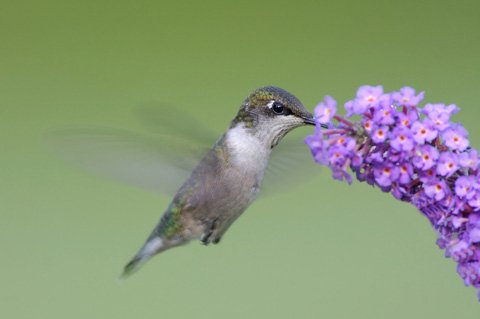
How does a hummingbird eat?
Hummingbirds use their super long tongues to lap up the nectar from the flowers. They do not use their tongue like a straw.
Instead, the tongue has groves in it to help them eat. They catch bugs in mid-air while flying. They open their long beaks to trap the insects.
Watch a hummingbird eat nectar by sticking out its long tongue. Be quick, they are fast.
Why do hummingbirds fight?
Many species of hummingbirds do not share food.
Instead, they pick a territory for example a flower garden or feeder and defend it.
When another hummingbird or even another kind of bird that can be much larger comes into its territory, the original hummingbird will defend its food supply.
This sometimes leads to a battle between the birds.
FUN FACTS!
The little hummingbird is well known for its great courage.
In ancient times the Aztec Indians of Mexico wore necklaces made of hummingbird feathers before going into battle.
Today, they are thought to be symbols of courage when we need to be brave about something we are afraid of.
Are hummingbirds useful to the ecosystem?
Yes, they play an important role in the ecosystem.
Since they eat nectar, they pollinate flowers. When hummingbirds eat nectar, some pollen falls onto their wings.
As we know, they fly from flower to flower carrying the nectar with them. This is how thousands of flowers become pollinated by hummingbirds.
Like many other birds, hummingbirds eat insects. This helps to keep the insect population under control.
Do hummingbirds hum?
Yes, a hummingbird gets its name from the humming sound it makes with wings when flying.
FUN FACT!
Hummingbirds have many more names too. Some people call them hummers, flower-suckers, flying jewels, and even flower kissers (that’s a funny one).
How big is a hummingbird?
There are many species of hummingbirds. Some are tiny birds and weigh less than a penny. Other species are a little larger.
FUN FACT!
The smallest hummingbird is the Bee hummingbird of Peru. It is only about the size of a bee.
How fast does a hummingbird fly?
These little birds are great flyers. They can fly forwards, and backwards, and hover in place.
A hummingbird can fly about 25 to 30 miles per hour. That’s fast! When they fly like that, their wings look like a blur.
Watch a hummingbird zipping around. What do the wings look like?
FUN FACT!
A hummingbird is the only bird that can fly backwards.
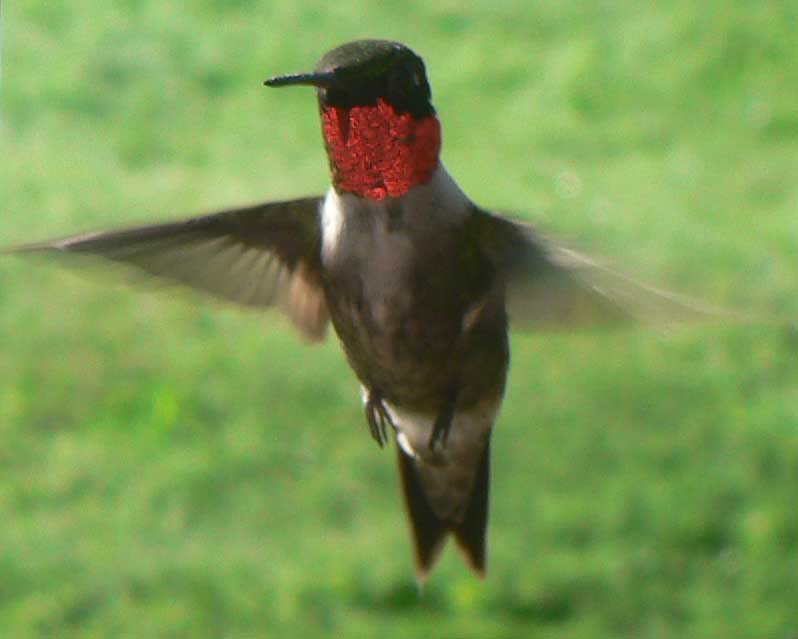
Can a hummingbird walk?
The feet of a hummingbird are so tiny, they aren’t good for walking. Hummingbirds use their feet for perching on branches.
Are hummingbirds smart?
Hummingbirds are very smart. They have the biggest brains of any bird in relation to their size.
FUN FACT!
These birds remember every flower they have ever visited and where each flower is located.
They return every year to the same feeders because of their terrific memories.
Are all hummingbirds colorful?
No, the male is usually more colorful than the female. The male wants to attract the female during mating season.
The colorful feathers of the male will attract female hummingbirds.
Hummingbird feathers are iridescent.
This means that they look different depending on the light reflecting on them.
Look at a hummingbird in different light as they move. What do you see?
How small is a hummingbird nest?
A hummingbird’s nest can be smaller than a walnut shell.
Some bigger species of hummingbirds build nests that are a little larger. Only the mother hummingbird builds the nest. The father does not help with nest building.
The nests are usually made of soft materials like leaves, feathers, and downy things. Sometimes, the mother uses spider silk to weave it together.
FUN FACTS!
All mother hummingbirds do not need to build a new nest every year.
They return to the old every year because they remember where it is.
Many hummingbird nests have spongy sides that stretch as the babies grow.
What are baby hummingbirds like?
Baby hummingbirds begin life as eggs. Some are the size of a jellybean.
When they first hatch, they don’t have any feathers and can’t see until they are 5 days old.
A mother hummingbird feeds her babies regurgitated nectar and insects with her beak.
They grow fast and within a few weeks they leave the nest as young birds now called fledglings. Fledglings have fluffy, baby feathers and can fly.
They still depend on the mother to feed them or help them find food for themselves.
Throughout the summer, the fledglings will grow regular feathers but won’t look the same as mom or dad just yet.
FUN FACT!
A mother hummingbird cannot walk .So she will ascend and descend on and off the nest like a helicopter.
Where do hummingbirds go in winter?
Most hummingbirds do not like cold weather.
They migrate long distances to Mexico, South, or Central America for the winter.
Remember that they eat nectar from flowers. So in these locations hummingbirds can find lots of blooms during the colder months.
Some hummingbirds already live in warm climates such as California or Arizona. An example is the Anna’s hummingbird that lives in California and stays all year long.
There are a few other species that do the same in the warmer states.
FUN FACTS!
Can you believe that during migration the eastern Ruby-throated hummingbird can fly across the Gulf of Mexico none stop!
This takes about 18 hours over about 500 miles of water.
Wow! The Rufous hummingbird has the longest migration. It has to fly more than 6,000 miles round trip from its summer home is Alaska to its winter home in Central America
One more thing is that they do not migrate in flocks. These tiny creatures go it alone!
Are any hummingbirds endangered?
Yes, it is sad that there are a lot of endangered hummingbirds in South and Central America.
These are some of the most beautiful hummingbirds and they are quickly losing habitat. So they don’t have anywhere to live.
Fortunately, some people are building special parks for the hummingbirds to live in.
FUN FACTS!
There are no endangered hummingbirds in North America.
When people learn about hummingbirds, they know how important they are. So they want to help hummingbirds who are living in our changing climate.
Many people understand that hummingbirds are changing their migration patterns and arriving at their destinations before the flowers have bloomed.
Also, there are more forest fires and storms. So people are helping the hummingbirds by caring for them.
They are planting flowers for hummingbirds, hanging feeders, and providing water.
Hummingbird Activities for Kids!
- Make hummingbird nectar
- Hang hummingbird feeders
- Make a hummingbird feeder
- Help to track hummingbirds by writing down the date of the first sighting. Ask an adult to submit these sightings to our hummingbird migration map
- Observe the behavior of hummingbirds
- Plant brightly colored hummingbird flowers
- Color our hummingbird coloring pages below
- Draw or paint your own hummingbirds
- Write a story or compose a poem about hummingbirds
- Put on a puppet show about hummingbirds to teach other kids what you know
Hummingbird Activities for Kids
Kids
Hummingbirds Puzzle
Beautiful images of 5 hummingbird species of North America.
40 Piece Puzzle
Gadjit Soda Bottle Hummingbird
Recycler Feeder
Turn a soda bottle into a hummingbird feeder. You can mount it on a post or hang it. It includes separate feeding flower perches that snap into each of three holes on top of the base, a net to secure the soda bottle, a three prong hanger that attaches to the net for secure handling, and a funnel for easy filling.
National Geographic
Kids Birds of North America Guide
Fly into the world of birds in the most complete guide for kids to North America's birds, featuring range maps, cool facts, fun activities, and detailed descriptions and drawings by Jonathan Alderfer, one of the country's top avian experts and artists.
Kids Field Binoculars
The Hawk from Carson Optical is an ultra deluxe 30mm children's field binocular. This Kids Binocular is durable and lightweight. It will aid your child in exploring the world around them. The Hawk is great for outdoor events, sports, birdwatching & camping!
Here are some Hummingbirds for Kids
Coloring Pages!
Just Click one of the pictures below to open a coloring page that you can print out and color.
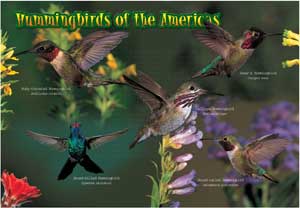
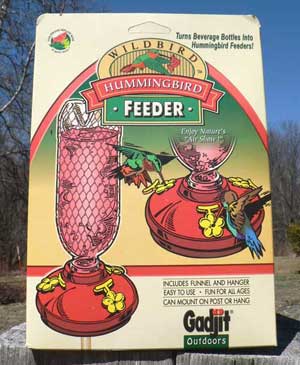
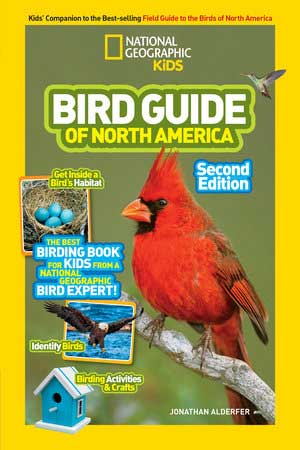
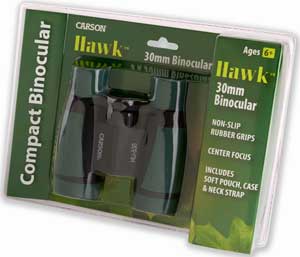
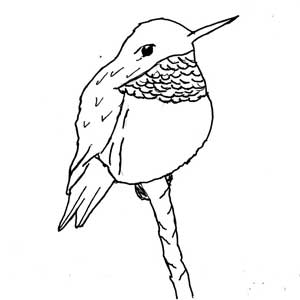
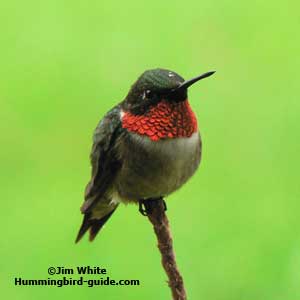
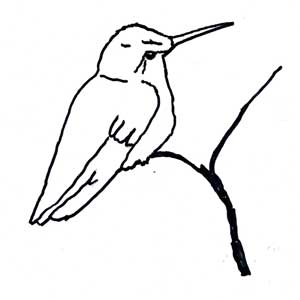
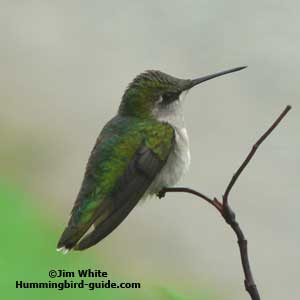
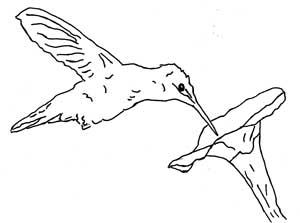
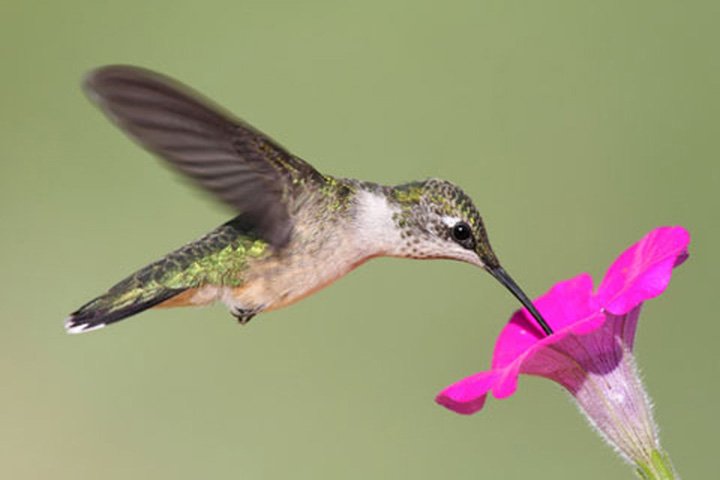
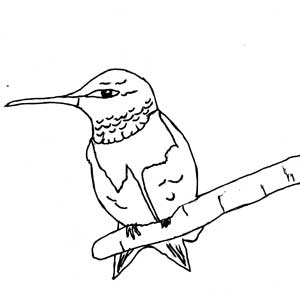
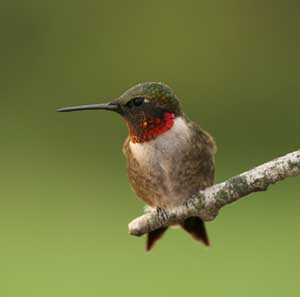
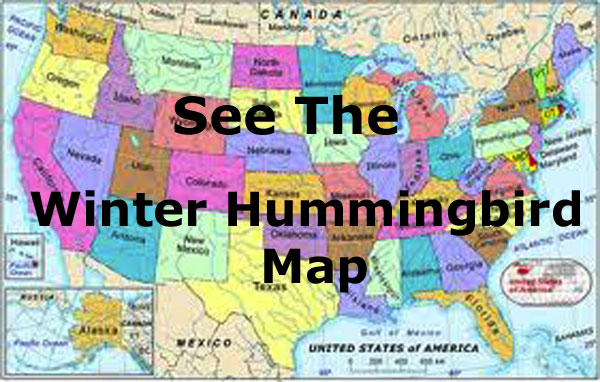

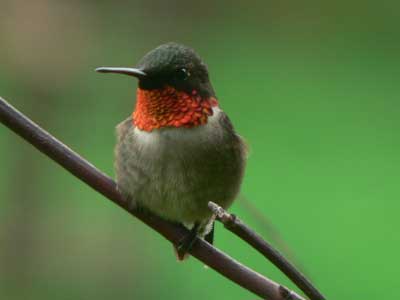







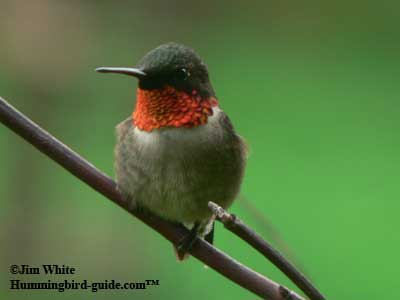
New! Comments
Have your say about what you just read! Leave me a comment in the box below.